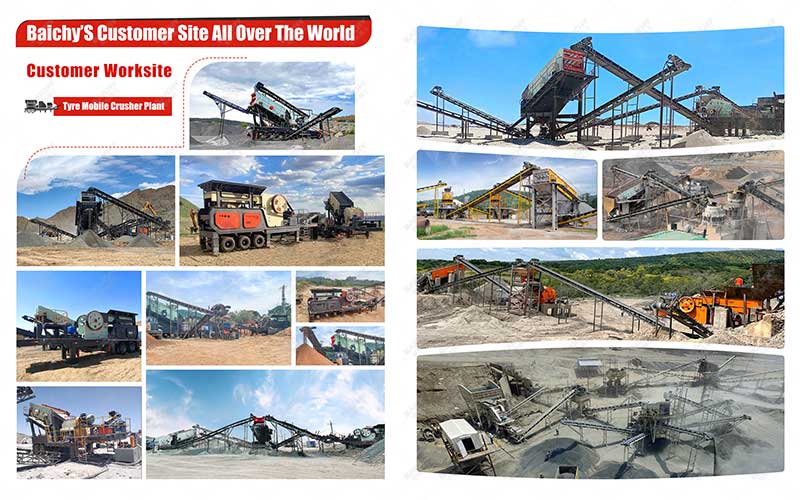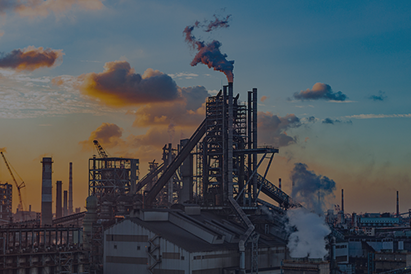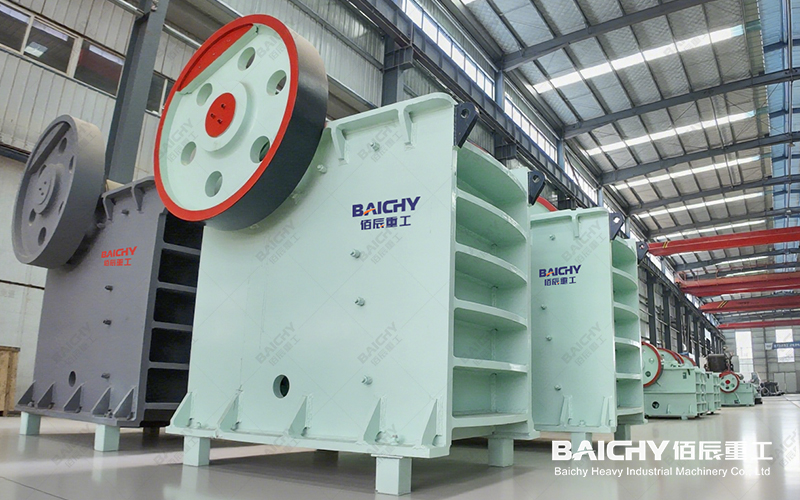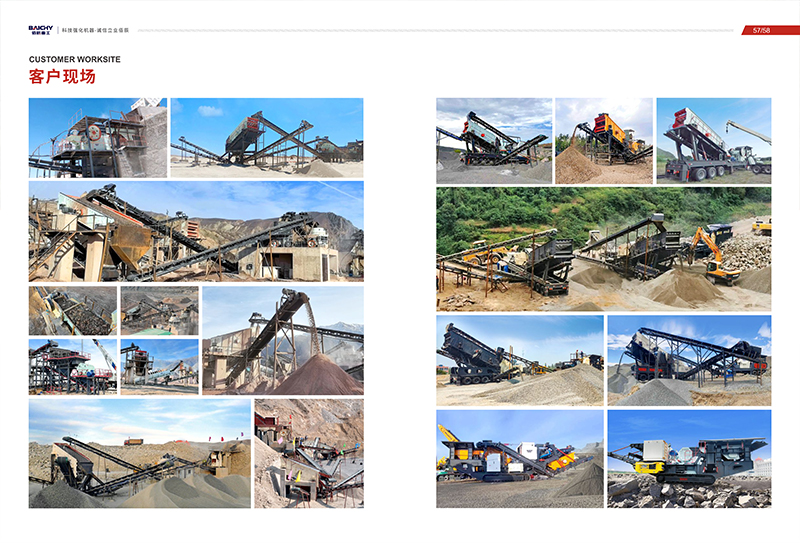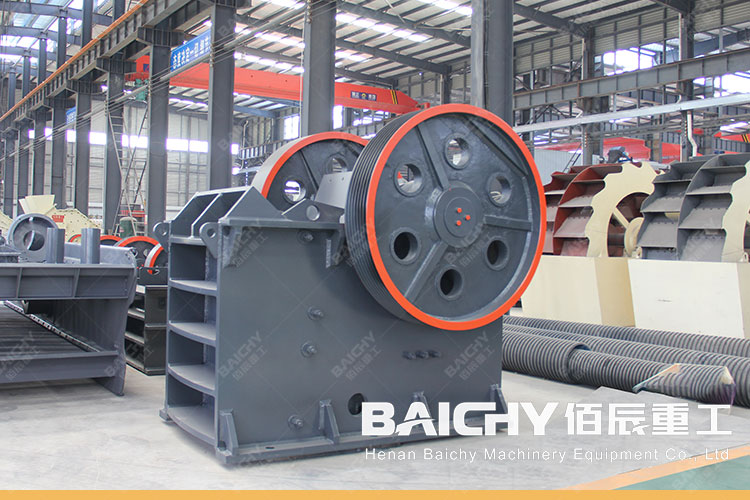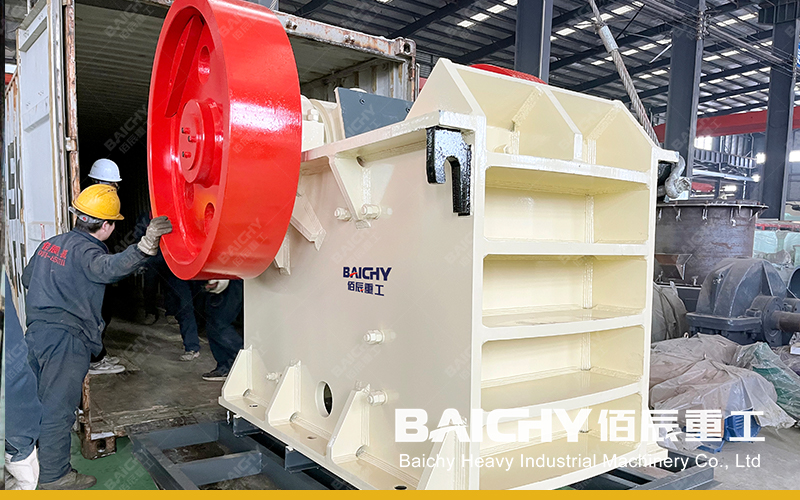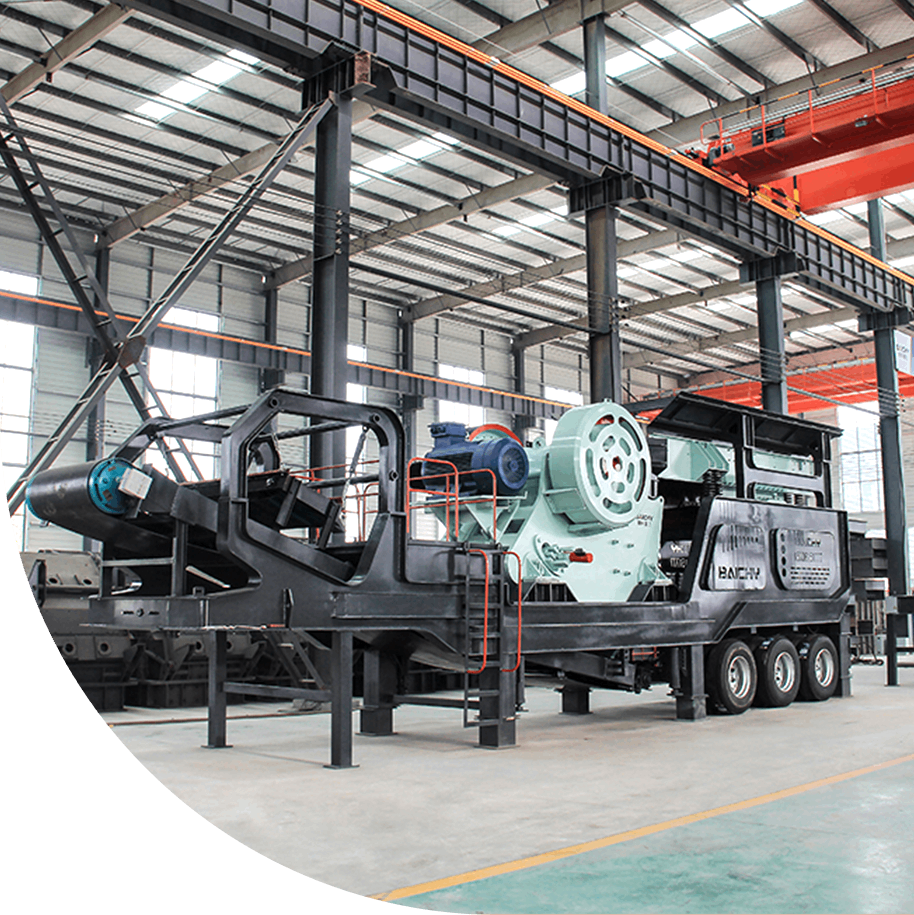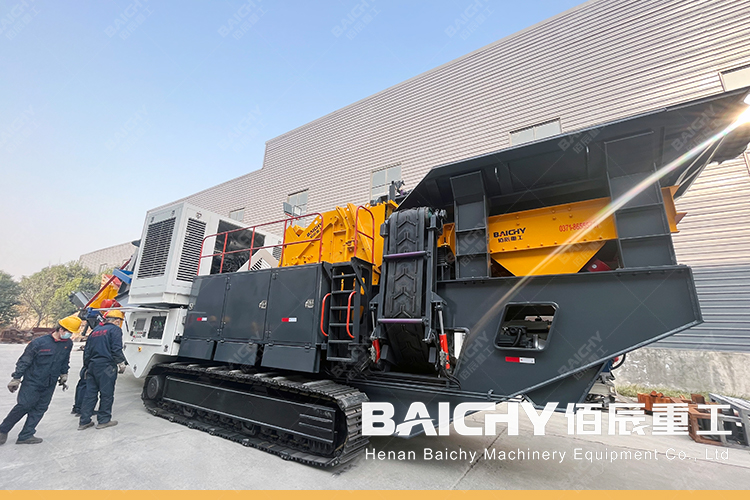
Amidst the surge in urban construction and demolition, how to deal with large amounts of concrete waste has become a critical issue. Concrete crushers have become crucial "urban miners." But do you truly understand this powerful piece of equipment? This article will provide a comprehensive analysis of concrete crushers, covering their types, operating principles, and application scenarios, to help you make an informed choice.
1. What is a Concrete Crusher?
Simply put, a concrete crusher is a machine designed to crush large blocks of waste concrete (such as building components, pavement, and bridge parts) into building aggregate of a specific particle size. The processed aggregate can be used as a renewable resource for roadbed backfill, recycled bricks, or new concrete, making it a key component in transforming construction waste into valuable resources.
2. Common Types of Concrete Crusher
Based on their crushing principles and application scenarios, they are primarily categorized as follows:
1. Jaw Crusher
◦ Working Principle: It mimics the motion of an animal's jaws, crushing material through periodic compression between the movable and fixed jaws.
◦ Features: Simple structure, reliable operation, and suitable for coarse crushing. It is the preferred choice for the "first crushing" stage of a crushing production line.
◦ Application: Primary crushing of large concrete blocks, resulting in larger output particle size.
2. Impact Crusher
◦ Working Principle: Utilizes a high-speed rotating rotor to strike the material, causing it to impact the impact plate, thereby crushing it.
◦ Features: High crushing ratio, fine finished particle shape (mostly cubic), and low energy consumption.
◦ Application: Suitable for secondary and tertiary crushing, especially for construction aggregates requiring fine particle shape.
3. Cone Crusher
◦ Working Principle: Crushes material through the squeezing and bending action between the moving and fixed cones.
◦ Features: High efficiency, low energy consumption, long wear part life, and stable operation.
◦ Application: Processes high-hardness materials for secondary and tertiary crushing, with high output.
4. Mobile Crusher
◦ Working Principle: Integrates the feeding, crushing, and conveying systems into a single, self-moving frame. Features: Highly flexible, it allows direct access to the job site, significantly reducing material transportation costs.
Applicable to: Demolition sites, urban construction waste disposal, and other projects requiring frequent site relocation.
3. How does a concrete crusher work?
While the principles vary between types, the core process can be summarized as follows:
Feeding → Crushing → Screening → Output
1. Feeding: A vibrating feeder evenly feeds large concrete lumps into the crushing chamber.
2. Crushing: The main crusher (such as a jaw crusher or impact crusher) breaks up the concrete through forces such as squeezing, impact, and grinding.
3. Screening: The crushed mixture passes through a vibrating screen and is classified by particle size.
4. Output: Aggregates that meet the requirements are transported to the finished product pile, while oversized aggregates are returned to the crusher for secondary crushing (forming a closed-loop cycle).
4. How to Choose the Right Concrete Crusher?
Choosing the right equipment is key to project success. Consider the following factors:
• Material Characteristics: Concrete hardness, size, and the presence of impurities such as rebar.
• Output requirements: Targeted hourly or daily production in tons.
• Finished product requirements: Specific standards for output particle size and shape.
• Operation site: Fixed production line or mobile station?
• Investment budget: Comprehensively consider equipment, operating, and maintenance costs.
Tip: For concrete waste containing rebar, it is recommended to install an iron remover or choose equipment with rebar removal capabilities.
V. Wide Range of Applications for Concrete Crusher
• Demolition Industry: Processing concrete from demolished buildings, bridges, and other structures.
• Municipal Engineering: Crushing old pavement and curbstones for use as base for new road paving.
• Aggregate Processing Plants: Processing waste concrete into recycled aggregate to replace natural sand and gravel.
• Disaster Relief: Rapidly clearing debris from earthquakes, explosions, and other disasters.
Concrete crushers are not only a tool for handling construction waste but also a crucial step towards a green and sustainable future in construction. By gaining a deeper understanding of their types and workings, you can better utilize this powerful equipment, reducing costs while contributing to environmental protection. If you still have questions about choosing a concrete crusher, please contact us for professional product recommendations and solutions!
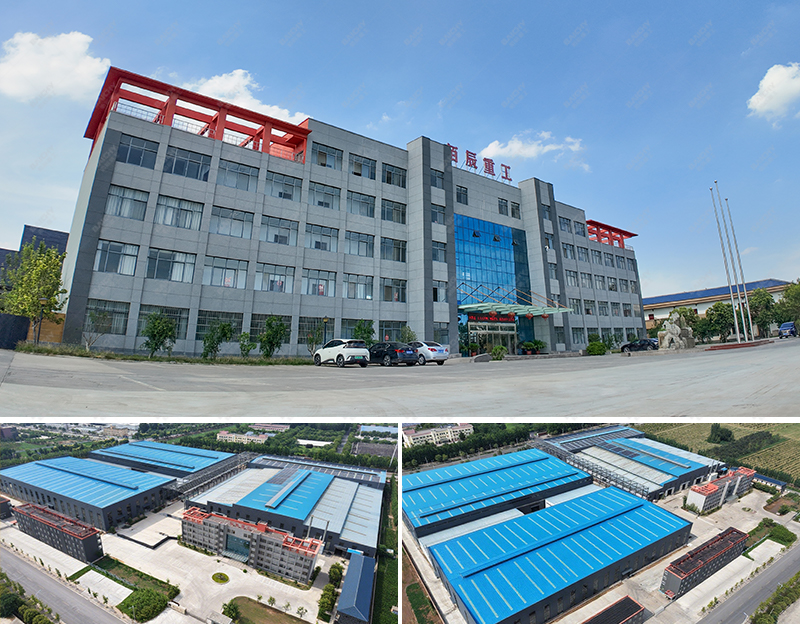
Baichy Heavy Industry – Your Trusted Partner for Seamless Equipment Operation
To ensure optimal performance of your equipment, Baichy Heavy Industry offers:
- Professional on-site installation guidance
- Comprehensive operator training
- 24/7 technical support & maintenance services
Our complete after-sales service system guarantees long-term, stable operation of your machinery with minimal downtime.
Protect Your Rights – Only Use Official Channels
To avoid scams and ensure authentic support, contact us exclusively through:
• Official Website: www.baichychina.com
• WhatsApp: +8615093222637
• Email: [email protected]
Your satisfaction is our priority – expect prompt, professional service every time.
(Note: Beware of unauthorized third parties claiming to represent Baichy. Always verify through official contacts.)
